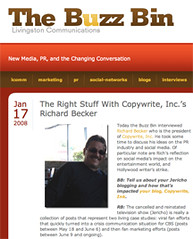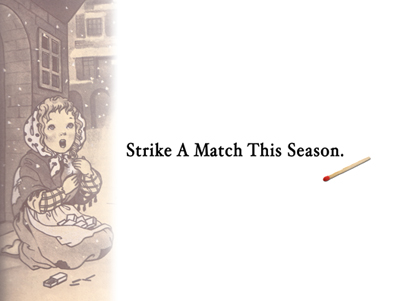
If there is any good news to follow on the heels of Kaiser Daily HIV/AIDS Report, which calls U.S. efforts to prevent the spread of HIV/AIDS "
insufficient," it is that some people are willing to do something about it. This Sunday, April 19, Aid For AIDS of Nevada (AFAN) will be hosting its 19th annual AIDS Walk in Las Vegas.
The event, which is supported by the entertainment industry in Las Vegas, including
Penn & Teller and up-and-coming singer/songwriter
Jake Walden, is anticipated to break fund-raising records for the local AIDS organization. It's needed.
The State of Nevada Department of Health and Human Services has terminated four Ryan White Part B Programs (RWPB), which totals more than $750,000 of funding. The cuts occurred on April 5 with less than 30 days notification. In addition to directly impacting AFAN, one of the most devastating cuts impacted the University of Nevada School of Medicine’s Nevada Care Program. What makes the cuts so significant is that this program is responsible for treating pregnant women who are diagnosed with HIV/AIDS so their babies are not born with the HIV virus.
“For unborn children especially, this is a life and death decision that will have consequences far greater than the state has obviously considered,” said Dr. Echezona Ezeanolue, director of the University of Nevada School of Medicine’s Nevada Care Program. “These children, who would otherwise have a 98 percent chance to be born without the HIV virus, will more likely be born with the virus.”Without this critical care, these unborn babies will certainly be born with HIV/AIDS. If they are, their average life expectancy will be a mere 24 years, with the cost of care averaging $25,200 per year. Considering this statistic is consistent across all HIV/AIDS diagnosed people, it represents one of the most short-sighted budget cuts in the history of Nevada. Each newly infected person will cost the state $600,000, which is almost as high as the budget cut.
Is it any wonder people are
upset with taxes in the U.S.? It's not so much how much people pay as much as it's about what we're paying for. President Obama's stimulus package included $6.1 million for corporate jet hangars in Fayetteville, Arkansas, and $20 million for a minor league baseball museum in Durham, North Carolina, instead of administrating a program that prevents babies from being born HIV positive for a mere $350,000.
The problem isn't just local. It's national (and global). In the United States, the fastest-growing segment of HIV/AIDS diagnosed people is young adults. How young? Ages 13-24.
While some people might call the recent Tea Parties patrician politics, I can assure you that HIV/AIDS does not discriminate along party lines. The entire spending structure of the national, state, and local government needs to be re-evaluated and re-prioritized.
The solution is in our grasp and it starts with communication.When people talk about politics, they tend to talk ideologies. I prefer to talk about people and fiscal mismanagement.
I'd rather see people keep more of their money and then invest it in local programs with a proven track record. AFAN qualifies. With almost 3,600 residents living with HIV and 3,000 more are diagnosed with AIDS in the Las Vegas area, AFAN serves a large percentage of those through direct client service programs, food programs, prevention and education programs, and community outreach. You can learn more about AFAN
here and the AIDS Walk Las Vegas
here.
You can learn more about the national epidemic from Anthony S. Fauci's opinion piece that recently ran in
The Washington Post. In it, he points out that Washington, D.C. health officials estimate that 3 percent of city residents had full-blown AIDS or were infected with HIV. At 3 percent of any population, it seems painfully obvious that the virus can no longer be considered an epidemic confined to lifestyle choices. Everybody is at risk.
So this Sunday, I am joining (along with my family) the thousands of people walking in support of AFAN. I'm not big on asking for donations, but if you want to lend any direct contributions, you can find my donation page
here. Or, if you want to have twice as much impact, consider adding your name to the
Penn & Teller Challenge. They will double their team's contributions.
Since I will be waking for AIDS this Sunday, other than sending out a
tweet or two, I probably won't be posting (my Sunday post is today). But you can post something about AIDS if you are so inclined. AIDS Walk Las Vegas has an event page at
Bloggers Unite. You don't necessarily have to post about the local event. Write what you want.
Here's an idea. Write about how the U.S. is long overdue in virtually eradicating an infectious virus like smallpox or polio (although more
work needs to be done there too). Or simply ask why is there no AIDS vaccine. Or, more specifically, ask why is $200 million in taxpayer money being used to rehabilitate a
national mall when it could be used to develop an AIDS vaccine.
We don't need more taxes to do it. We need a Congress that is capable of realigning its fiscal policy to let taxpayers support programs at their discretion rather than allowing politicians to pad pork projects. At least I think so. What do you think?
Whatever you think, you can be certain all solutions start with communication. Unless people talk about it, nothing gets done.

































